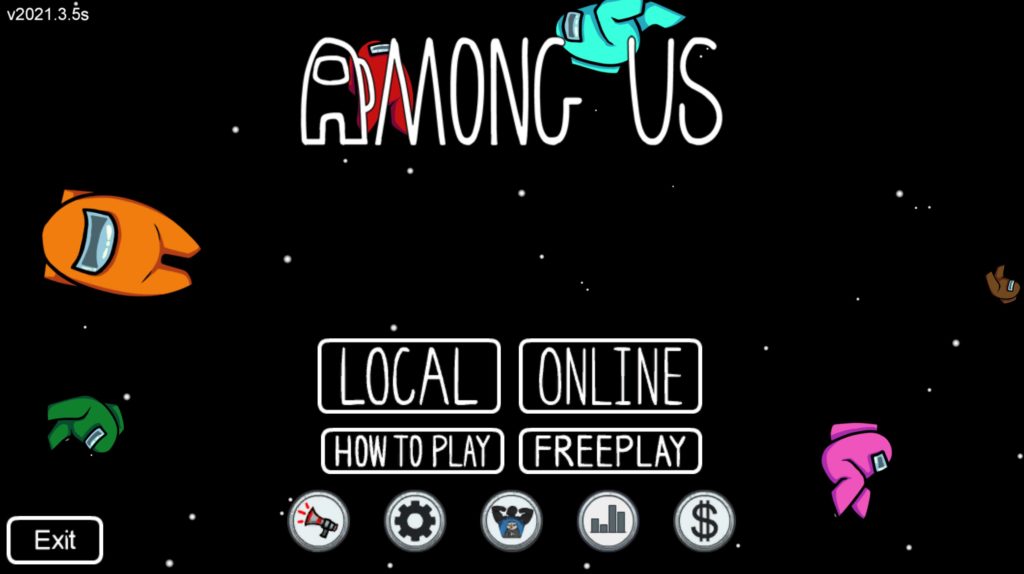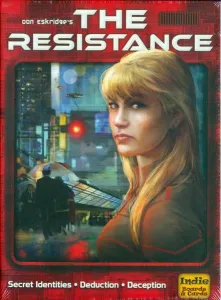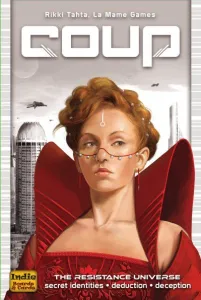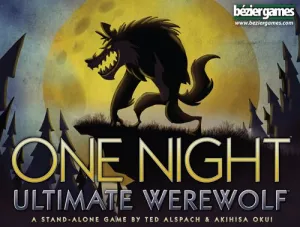Language Learning With Among Us
This month, I had the opportunity to work with the U.S. Department of State’s Regional English Language Office in Belgrade Serbia to deliver a series of talks on games and learning. Teachers from around the world shared games they found to be effective activities and which students enjoy playing in the classroom. A game frequently mentioned during our talks was Among Us, a social deduction game that is a hit with players and great for the language classroom.
What Is Among Us?

Among Us is a popular social deduction game that can be played on computers, mobile devices, or video game consoles. Social deduction games are games where a player, or players, have a secret goal that is hidden from the other players. As the game progresses, a player will work toward completing their secret goal before the other players discover their hidden identity.
This simple premise is what makes Among Us so popular. In the game, four to 10 players play the roles of cartoonish aliens on a spaceship who are tasked with a series of chores to complete. While the team works, one player is “the imposter” whose goal is to eliminate the other players. As the game progresses, players can call emergency meetings to vote on who they think the imposter is. The game continues until the imposter has been eliminated, or the imposter eliminates the rest of the crew.
The social deduction premise makes it tremendously fun and opens up opportunities for students to practice modals of possibility, conditionals, and argument structures. To get started using Among Us in the classroom, I recommend reading James York’s excellent primer on using the game in the language classroom.
Similar Games
The great aspect of social deduction games is that they use a simple premise and only a few mechanics. As a result, there are a variety of games just like Among Us that can be used, depending on the resources you have available.
If lack of technology is a concern, there are a variety of card-based games that have the same premise, such as The Resistance, Coup, or Werewolf. The instructions for each of these games can be found online and could be used to create modified versions of the games that are tailored to your students’ language levels.



Teachers lacking the resources for card games can still play an entirely spoken version of the game called either Mafia or Werewolf. For distance classrooms, Anjuan Simmons has a great explainer on how to play Werewolf over videoconferencing software.
The Mafia/Werewolf game has all the same elements as Among Us but can be played verbally or can be supplemented with index cards or sheets of paper to help students keep track of the game to discover the imposter before it is too late.
I hope you get a chance to try out one of these social deduction games in the classroom— and if you do, be sure to share your experience in with us in the chat.
Until next month, play more games!

About the author
Jeff Kuhn
Jeff Kuhn is the director of esports at Ohio University. He frequently delivers talks and keynote addresses on games and learning, game design, and the need for games literacy in educators. He is one of the founding moderators of the Electronic Village Online’s Minecraft MOOC, a community of practice for teachers learning to use Minecraft in the classroom. He has served on the TESOL CALL-IS steering committee, as the Gaming Special Interest Group chair for CALICO, and in the U.S. Department of State’s English Language Specialist program. His research interests include game-based learning, second language writing, and computer-assisted language learning.